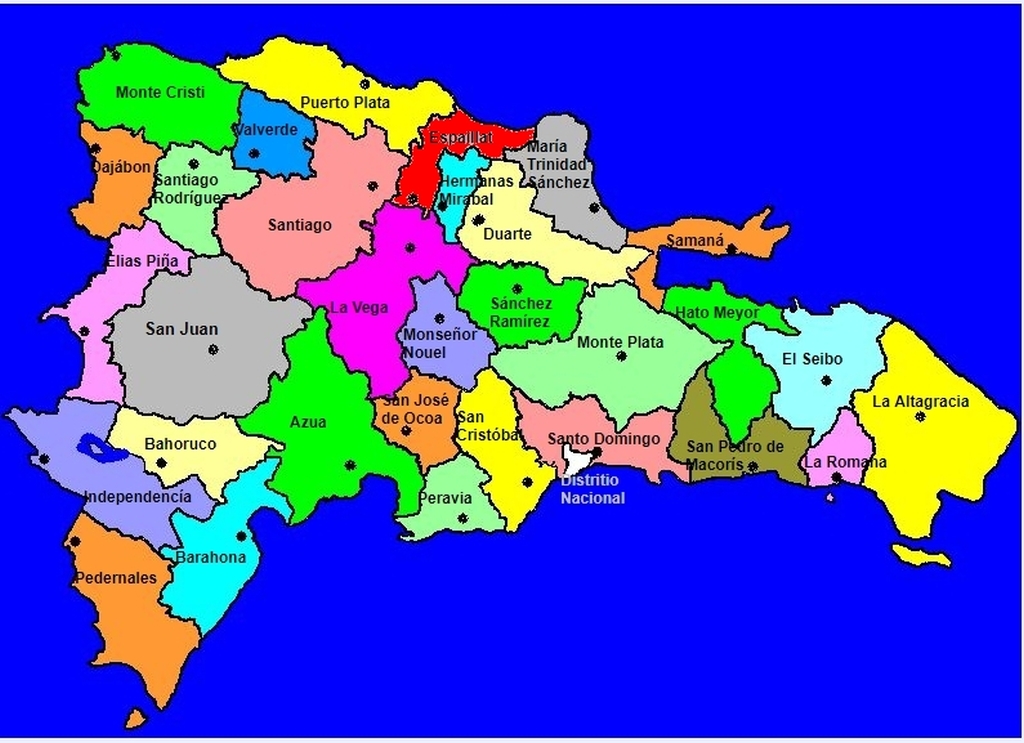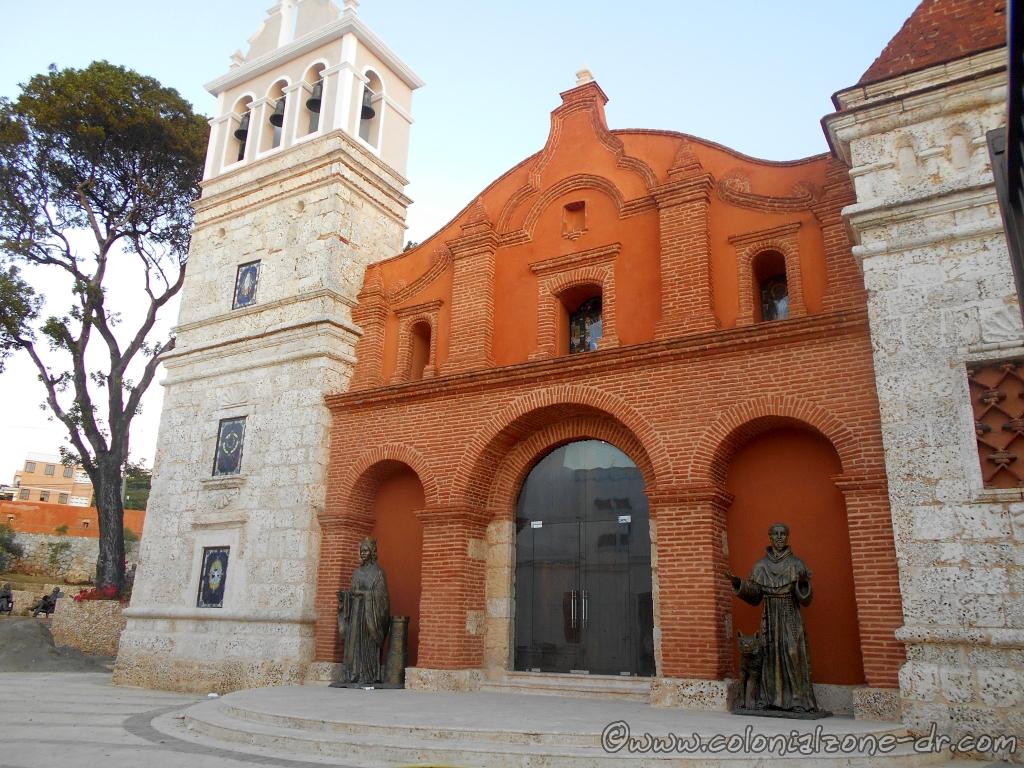Dominican Republic Provinces and Road Trips
Explore and discover the out of the way places of Dominican Republic. The resort towns are fun but if you want to learn about the real Dominican Republic and its beautiful and colorful people you need to get out and explore the small towns and out of the way places. Take a Road Trip! Visit the out of the way places, small towns and areas that are not usually found in the tour guides. Explore the roads less traveled and see what our country and people are really like.
Province Map | Road Trips and Exploring Collections | Provinces and Capitals of DR List
The 31 Provinces of Dominican Republic (it seems that soon there may be 32 provinces as Satiago may be divided into Santiago Oeste) are as diverse as the people who live in Dominican Republic. The map below shows all the thirty-one different provinces and the one district subdivision. In time we hope to have information for all these places. The goal here is to make a map providing information for different small towns in these areas. If you would like to visit one of these places there will be information on how to get there by bus or other public transportation. Information about different hotels both small and large, some restaurants, local tour guides and places to visit when you are there. I will also include anything I feel would be useful while visiting these beautiful and interesting places in República Dominicana.
This information is collected by myself on my visits to these areas or provided by others who have visited or might even live in these out of the way places. I hope to provide information for visitors to the places that visitors normally do not know about. This way you can know the real country and its beautiful people in an entirely new fashion.
If you have any information to contribute please send me an email and I will be happy to include it here.
*Remember this information can change at any time as things do change and I cannot be in all the places all the time. Please if you find something incorrect or that is in need of updating let me know and I will change it.
Province Map

ROAD TRIP COLLECTIONS
San Juan
San Juan de la Maguana – History, Information, Hotels and Things To Do. (link is to old html page)
Barahona
Barahona – Information, Tour Guide, Hotels. The surrounding area Los Patos, San Juan, Quimatos, Barahona -The Town, Enriquillo, Paraíso, Canoa, Polo Magnético
Baoruco
Baoruco – Information, Things to Do, Lago Enriquillo, Neiba (Hotel). (link is to old html page)
San José de Ocoa
San Jose de Ocoa – Information, Transportation, Hotels (link is to old html page)
Rancho Arriba – Information, Transportation, Hotels (link is to old html page)
The 31 Provinces
The 31 Provinces (it seems that soon there may be 32 provinces as Satiago may be divided into Santiago Oeste), 1 District and the capitals in Dominican Republic.
Azua – Azua
Baoruco – Neiba
Barahona – Barahona
Dajabón – Dajabón
Distrito Nacional – Santo Domingo
Duarte – San Francisco de Macorís
Elías Piña – Comendador
El Seibo – El Seibo
Espaillat – Moca
Hato Mayor – Hato Mayor
Hermanas Mirabal – Salcedo
Independencia – Jimaní
La Altagracia – Higuey
La Romana – La Romana
La Vega – La Vega
María Trinidad Sánchez – Nagua
Monseñor Nouel -Bonao
Monte Cristi – Monte Cristi
Monte Plata – Monte Plata
Pedernales – Pedernales
Sánchez Ramíerez – Cotuí
San Cristóbal – San Cristóbal
San José de Ocoa – San José de Ocoa
San Juan – San Juan de la Maguana
San Pedro de Macorís – San Pedro de Macorís
Santiago – Santiago de los Caballeros
Santiago Rodríguez – Sabaneta
Santo Domingo – Santo Domingo Este
Valverde – Mao
(1/2019)













